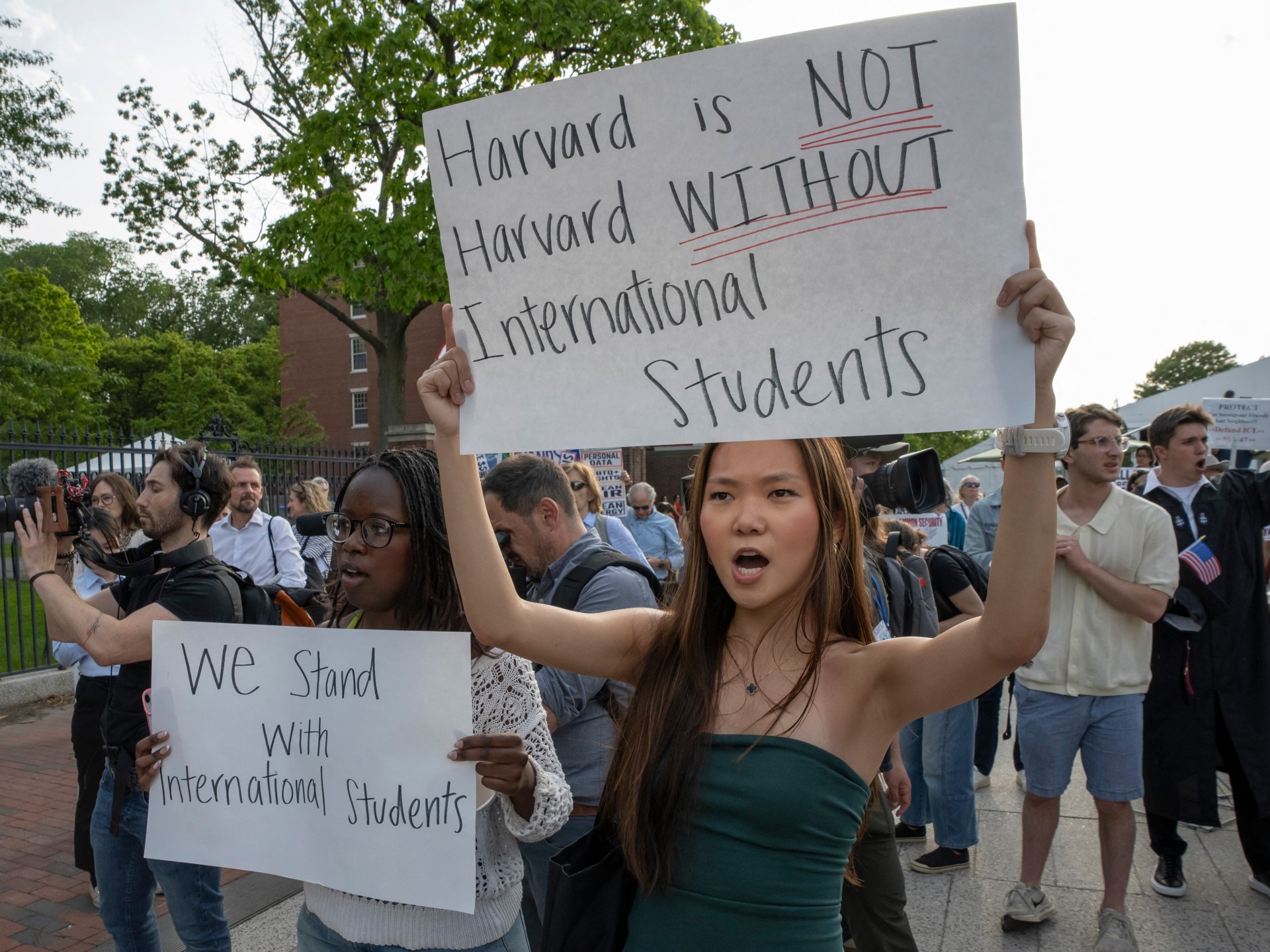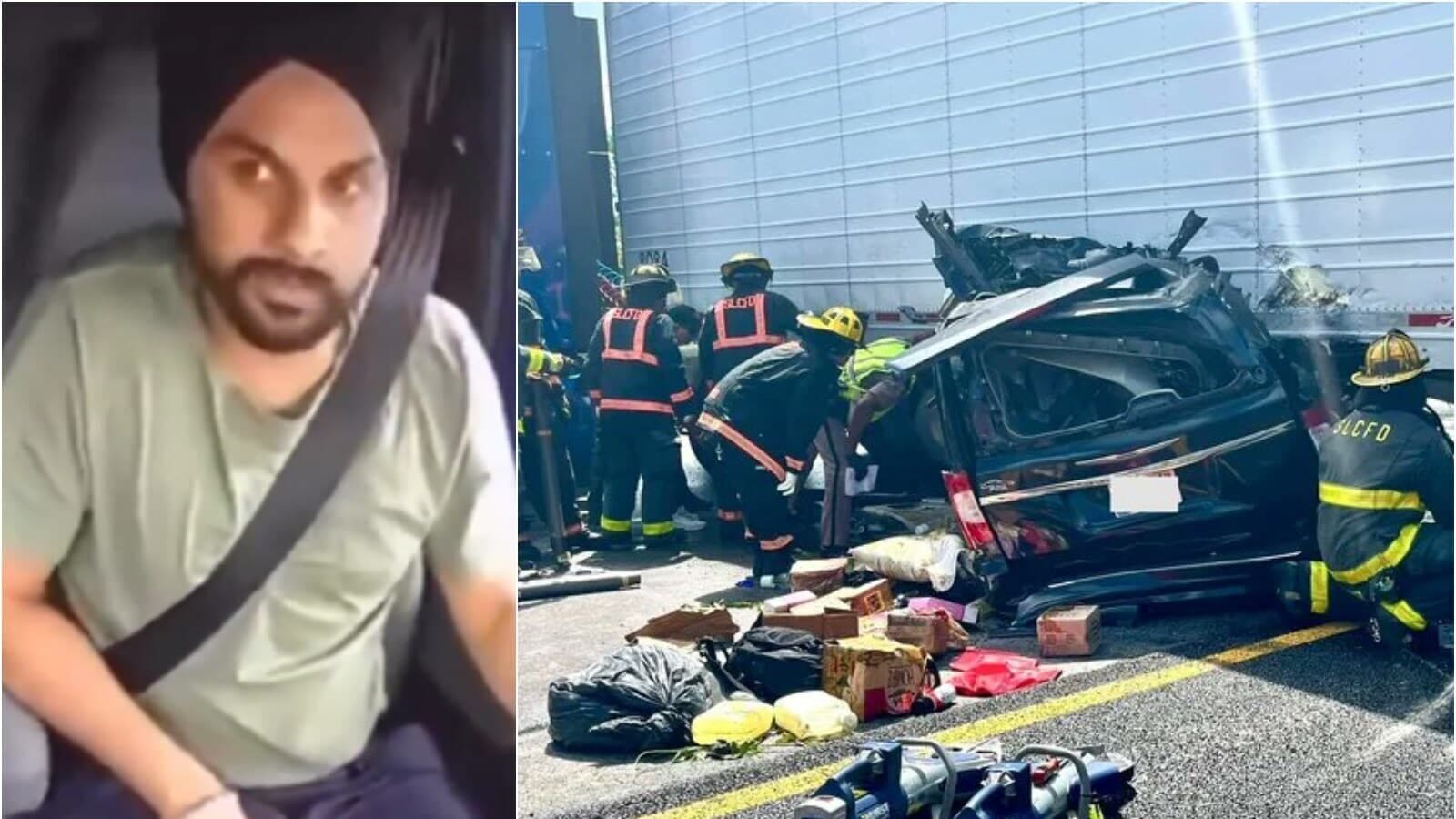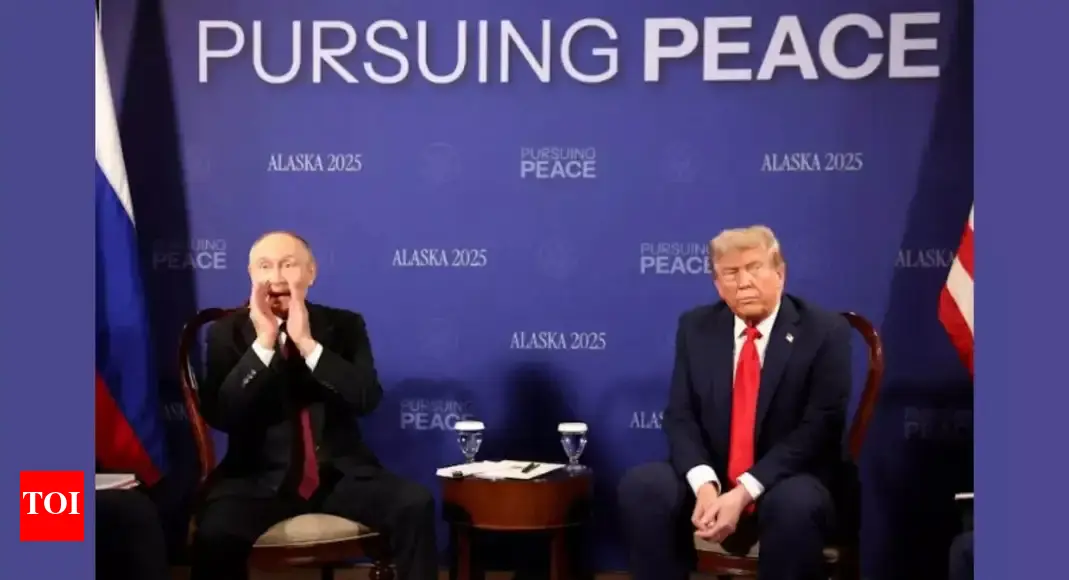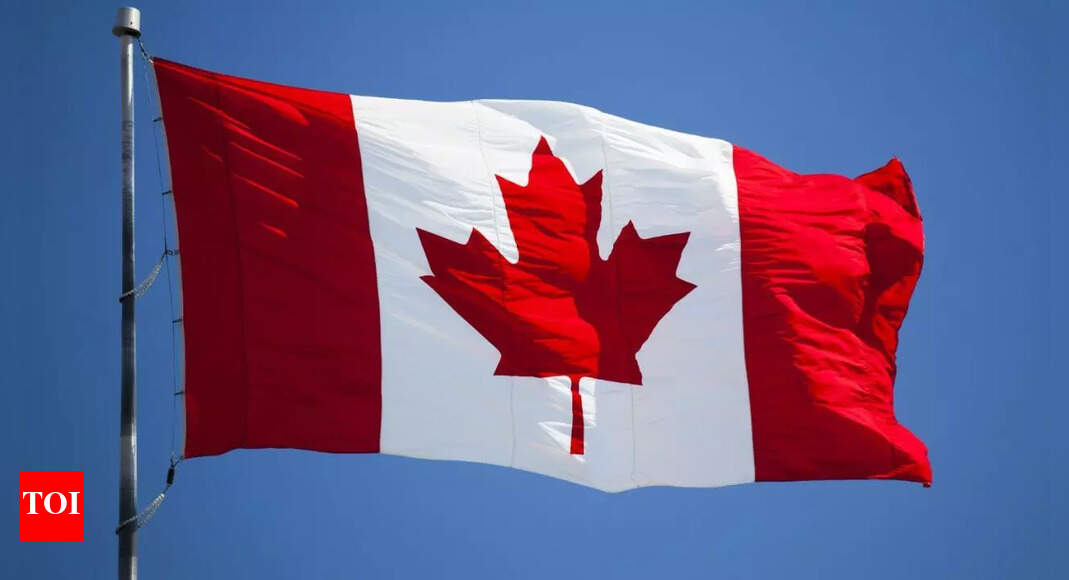United States President Donald Trump’s administration has ordered its embassies abroad to stop scheduling new visa interview appointments for students and exchange visitors, according to an internal cable seen by news agencies on Tuesday.
In the memo, US Secretary of State Marco Rubio said that the pause is in place because the State Department plans to expand the screening of student applicants’ social media.
Here is all we know about what this pause could mean.
What happened?
Rubio signed a cable, obtained by multiple news agencies, asking US embassies all over the world to pause new visa interviews for foreign students.
The cable says: “The Department is conducting a review of existing operations and processes for screening and vetting of student and exchange visitor (F, M, J) visa applicants, and based on that review, plans to issue guidance on expanded social media vetting for all such applicants.
“Effective immediately, in preparation for an expansion of required social media screening and vetting, consulate sections should not add any additional student or exchange visitor visa appointment capacity.”
Most international students hold the F-1 student visa. The J-1 visa is granted to students in exchange or scholarship programmes such as the Fulbright fellowship; professors participating in exchange programmes; and interns. The M-1 visa is granted to students participating in training programmes in the US.
A US official told The Associated Press on the condition of anonymity that the halt is temporary and does not apply to students who have already scheduled their visa interviews. It is unclear how long the halt is for.
Tammy Bruce, a spokesperson for the US State Department, declined to comment on reports of the memo, but she told reporters at a regular news briefing that the US will utilise “every tool” to screen anyone who wants to enter the country.
“We will continue to use every tool we can to assess who it is that’s coming here, whether they are students or otherwise,” Bruce said on Tuesday.
How many foreign students go to the US each year?
During the 2023-2024 academic year, the number of international students in US institutions grew to an all-time high of 1.13 million, according to the annual Open Doors report from the Institute of International Education (IIE) and the US State Department. This number marks a 6.6 percent increase in the number of international students enrolled in US colleges and universities from the year before.
Which countries do these students come from?
According to the Open Doors report, 71.5 percent of the international students enrolled in the US between 2023 and 2024 were from Asia.
India was the top source, with 331,602 students from the country enrolled in US universities. Following India was China, which sent 277,398 students to the US. In third place is South Korea, which sent 43,149 students to the US.
Europe sent 90,600 students to the US, making up 8 percent of the international student population.
Which universities admit most foreign students
Amid a wider standoff with Harvard, the Trump administration revoked the university’s approval for enrolling international students last week. Harvard currently has 6,800 international students who account for about 27 percent of its student population.
International students make up similar proportions of the campus population at other major universities.
At Yale, Northwestern University and New York University, 22 percent of the student body comes from outside the US. The number is higher at the University of Rochester, where international students constitute 30 percent of the total student body.
According to the Open Doors report, NYU had 27,247 international students between 2023 and 2024, the highest of US universities. Northeastern University was in second place with 21,023 international students and Columbia University came in third with 20,321 students.
Are most US student visas issued by this point?
It is unclear how many students hoping to join academic programmes at US universities this fall (autumn) will be affected by the pause that the State Department is instituting, per the memo.
Most US universities announce admissions decisions by late March or early April. Fulbright announces their final decisions on a rolling basis between March to June. Students typically apply for their student visa after they receive their admissions decision. It takes anywhere between a few weeks to a few months for applicants to receive their visas after submitting their applications.
The US State Department website says that F-1 student visas can be issued up to 365 days before the start date of the programme, but students can only enter no more than 30 days before the start date.
What happens to students in the US who need to renew visas?
It is unclear whether or not the pause will affect students already in the US who need their visas extended or renewed.
The F-1 student visa is typically granted for a five-year period and the renewal process is the same as the application process, where applicants need to fill out an online form and schedule an interview at a US embassy outside the US.
While undergraduate programmes are typically four years long, PhDs can range from three to eight years. Many PhD scholars therefore need to renew their US visa in the middle of their programme. International students finishing one degree and applying for another degree in the US, such as students graduating from a bachelor’s degree and applying for a masters, might need to renew their US visa as well.
What’s behind this latest Trump administration move?
This is the Trump administration’s latest step towards cracking down on US universities, particularly international students who showed support for Palestinians in Gaza over the past year.
In early March, Ranjani Srinivasan, 37, a PhD candidate in urban planning at Columbia University, had her student visa revoked by the US State Department. Her visa was valid until 2029. Speaking to Al Jazeera later in March, Srinivasan said that she was targeted for her speech and limited social media activity. On her social media, she had posted and shared content critical of Israel’s actions in Gaza. Additionally, she had signed several open letters supporting Palestinian rights.
Srinivasan said she was never part of any organised campus group and while she was a part of pro-Palestine protests in the past, she was not present in the US in April 2024, when the campus encampments were rattling the Columbia campus.
“If supporting the idea of human rights or ending a genocide is equated with supporting Hamas, then anyone in proximity to me – without me having done anything – can just be picked up and made an example of,” Srinivasan told Al Jazeera.




